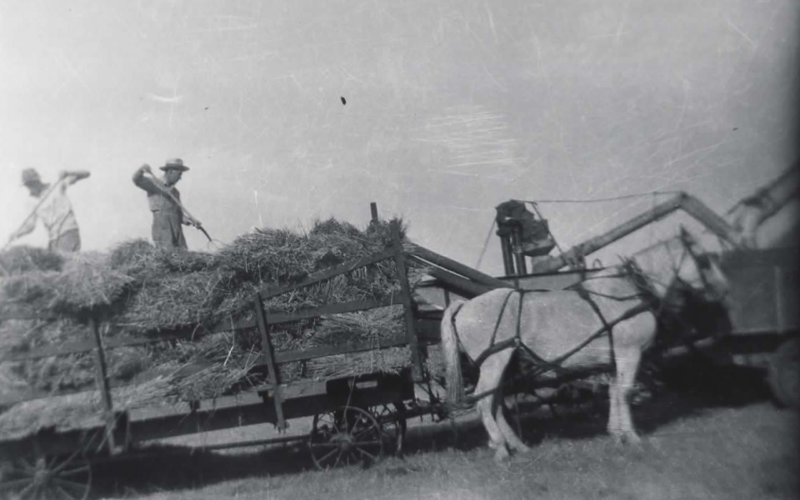
Thomas Pynchon’s writing career has spanned half a century, earning him much critical acclaim. Believe it or not, Pynchon has written a novel in a steampunk vein, a weighty 2006 tome called Against the Day. Happily, it was available in audiobook, which these days is the only way I can find time for such a long book.
Against the Day begins with the 1893 Chicago World’s Fair and extends all the way through the First World War. It’s got a diverse cast of memorable characters from all walks of life. It’s loosely based on actual history with some magical realism thrown in. Among the steampunkish elements are a 1) gang of airship-based teenage adventurers called “The Chums of Chance” and 2) a nefarious British secret society known as TWIT and 3) a cameo appearance by Nikola Tesla. A considerable part of the story centers around Colorado miner/union agitator Webb Traverse and his extended family. I have a particular fascination for this period, the so-called “Colorado Labor Wars.” (Both these and Tesla feature prominently in my own novel Fidelio’s Automata.)
Against the Day has so many characters, settings, story threads and narrative styles that the book is difficult to summarize. Its biggest strengths include Pynchon’s amazing dialog and his well-tuned ear for dialect. The audiobook’s narrator Dick Hill does a great job delivering these accents, from Chicago to Colorado to London to Eastern Europe. The novel’s main protagonists are complex and mostly sympathetic, my favorite being Frank Traverse, Webb’s engineer son. Others, particularly the boy adventurers of the Chums, embody comic stereotypes such as the prig and the rebel. I particularly appreciated the bizarre character names such as Lindsay Noseworth and Darby Suckling. The narrative mixes gritty adventures of union sabotage in Colorado and civil war in Mexico with the disconnected tale of New York City under attack by a prehistoric monster.
Like his earlier book Gravity’s Rainbow, which I read back in my college days, Against the Day revisits Pynchon’s twin fascinations of mathematics and sex. It has debates on the theoretical merits of vectors versus quaternions, musings on the nature of reality, and frequent kinky sexual encounters. As for the fairer sex, there are several strong-minded, well-developed female characters, most of whom seem to be enthusiastically bisexual.
The novel’s biggest drawbacks are its length and complexity. It’s difficult to keep track of all the characters and their situations. The digressions and switches in context are frustrating at times. I would be waiting to see if Kit and Dally would ever get together only to be transported to Siberia to investigate the Tunguska Event. Story threads intertwine, with heroes and villains meeting, interacting and separating. Not all of them survive the story’s 30-year timespan, except for the Chums, who don’t seem to age at all. Though each chapter is absorbing in itself, it’s difficult to find an overarching theme other than “life goes on.”
Against the Day is certainly not for everyone, especially those who are seeking a light-hearted steampunk adventure. Still, it can be worth the time if you like a challenging and absorbing piece of fiction with strong historical elements. I rate it 4.5 out of 5 gears.



































